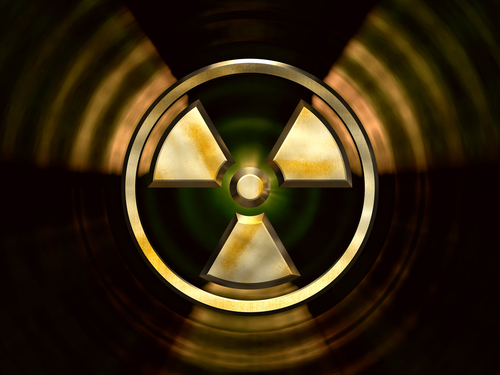Patients with low-to-intermediate prostate cancer who receive low-dose permanent brachytherapy, a type of radiation therapy, have excellent outcomes in the long run, according to data recently presented at the American Society for Radiation Oncology (ASTRO) 2017 Annual Conference in San Diego, California.
At nine years of follow-up, only a minority — 11-14 percent — of patients treated with either Iodine-125 (I-125) or Cesium-131 (Cs-131) brachytherapy had seen their cancer return, as assessed by a rise in PSA levels.
The poster, “Long-term PSA Outcomes in a Single Institution, Prospective Randomized Cesium-131 / Iodine-125 Permanent Prostate Brachytherapy Trial,” was presented at the conference by Brian Moran, medical director of the Prostate Cancer Foundation of Chicago in Westmont, Illinois.
Brachytherapy is a relatively new cancer treatment that implants small radioactive seeds directly into a patient’s tumor. This ensured that radiation is be delivered specifically to a cancer site while sparing healthy surrounding tissues.
The seeds used in brachytherapy may be composed of diverse radioactive compounds. Cesium-131 seeds, in particular, have unique attributes that are seen shorten treatment time and reduce common prostate side effects.
Results published in The International Journal of Radiation Oncology, Biology and Physics in August 2017 showed that patients treated with Cesium-131 seeds have shorter recuperation periods, recovering their urinary, bowel, and sexual functions quicker than with other brachytherapy solutions.
Researchers at the Prostate Cancer Foundation examined the long-term effects of permanent brachytherapy using low-dose I-125, a commonly used radio-particle, and IsoRay‘s Cs-131 in the treatment of low-to-intermediate risk patients with localized prostate cancer.
The study enrolled 140 patients who were followed for a median of 95 months (almost eight years). The efficacy of both brachytherapy compounds was assessed through biochemical relapse rates, defined as a rise in PSA levels.
Results found that the relapse-free survival rate was similar in both groups: 89% in the I-125 arm and 86% in the Cs-131 arm, a press release states.
Together with the prior data, the findings support the use of low-dose permanent brachytherapy as viable therapeutic option for localized and lower-risk prostate cancer patients.

